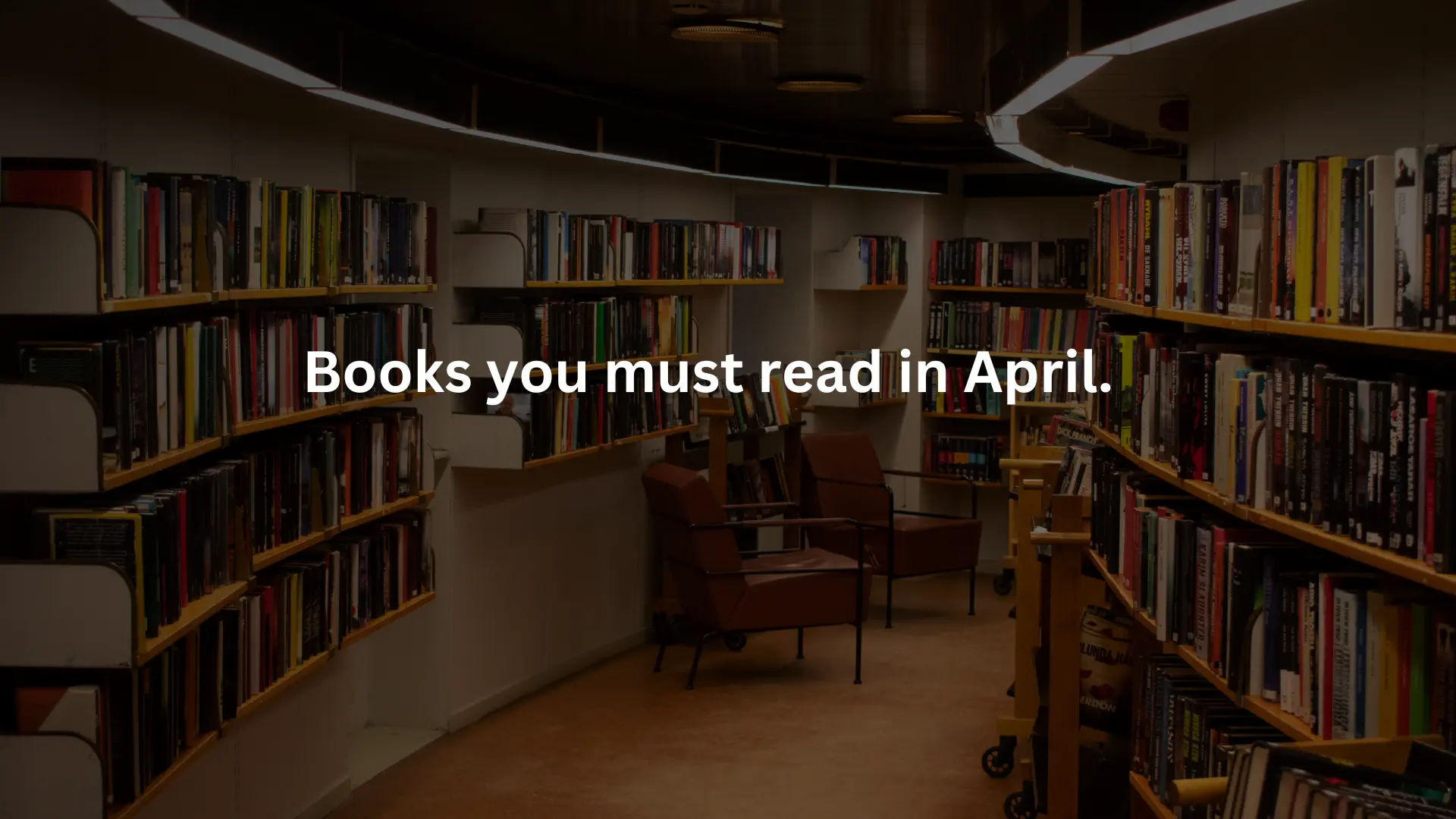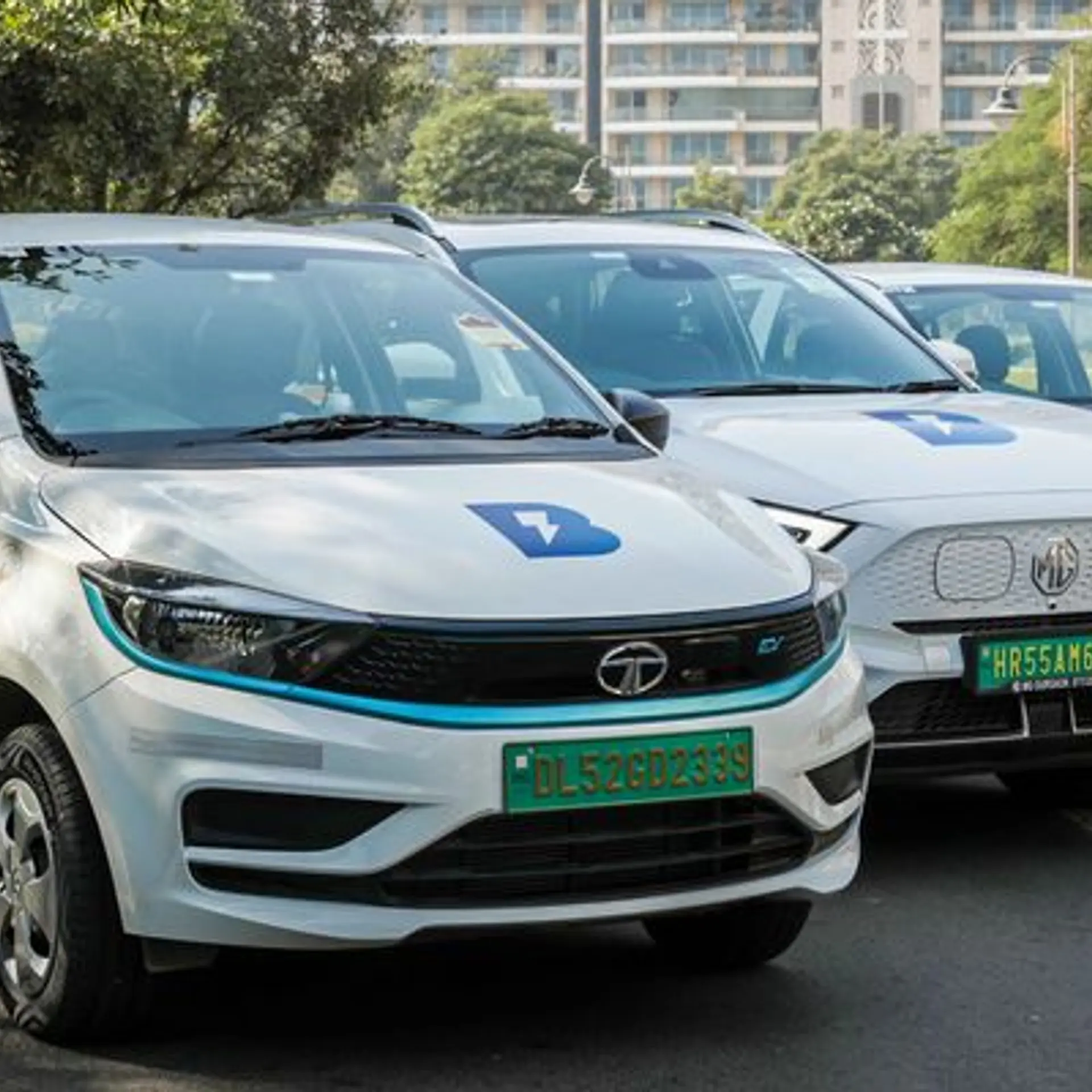Why D2C brands are putting their money on small packs with big hopes
Slowing consumption in urban India, cautious consumer sentiments, and high inflation have prompted new-age personal care and FMCG brands to shift gears and focus on smaller stock-keeping units and compact versions of their products.
Sachets, mini packets, and trial packs—these are some of the ways in which new-age D2C brands are luring urban consumers to buy more.
Slowing consumption in urban India, cautious consumer sentiments, and high inflation have prompted personal care and FMCG brands to shift gears and focus on smaller stock-keeping units (SKUs) and compact versions of their products to entice consumers and retain them.
The FMCG sector is no stranger to small packets and sachets. For years, well-established FMCG players such as Hindustan Unilever, Nestlé, Tata Consumer Products, and ITC have relied on small packs to drive mass-market adoption. CavinKare pioneered the sachet revolution decades ago, offering shampoos for as little as Rs 0.50 and Rs 1.
An industry analyst tracking FMCG notes that, for many legacy brands, packs priced between Rs 5 and Rs 10 contribute over 50% of overall sales. For instance, Nestlé continues to see strong demand for its Rs 10 Maggi packets.
Now D2C brands—including mCaffeine, Mamaearth, Bombay Shaving Company, and Sleepy Owl—are taking a leaf out of their playbook, launching compact, low-priced versions of their products to appeal to price-sensitive urban consumers.
An executive from the packaging industry points out that demand for sachets and mini bottles has surged. “Many brands that previously focused on larger packs are now placing bulk orders for smaller SKUs. The last time we saw this shift was in 2018, during another period of economic slowdown.”
Small and pocket-friendly
Small packs don’t cause a big dent on the wallet, and consumers don’t feel locked into a high-value purchase for a long time. They can stick with something if they like it, try variants, or move on.
“I start with sachets and stick to them (if I like it). It feels like less commitment compared to buying a bigger size,” says Bineet Chandak, a 24-year-old hotel management graduate from Sikkim.
Dairy brand Epigamia and healthy snacking brands such as The Whole Truth, Slurrp Farm (which is targeted at children), and Snackible have all introduced smaller pack sizes to encourage consumers to try out their product range. GO DESi, which sells regional snacks, has also introduced mini packets to attract first-time buyers.
Paradyes, a vegan hair colour brand, offers smaller packs to consumers who want to experiment with colours before they make a full-size purchase.
Personal care brands such as Mamaearth, Bombay Shaving Company and Super Smelly (which sells deodorants for teenagers) too are looking at this strategy to boost consumption. For example, Mamaearth offers a compact 20-ml shampoo pack for Rs 99.
While the focus is on ‘small’, D2C brands do not want to compromise on their ‘premium’ look and feel. Here’s where packaging solutions companies like The Packing Company come in—they are helping D2C brands optimise their packaging to ensure affordability while maintaining their ‘premium’ aesthetics.
Other tactics
Apart from experimenting with package sizing, brands are also making other moves to cut costs, protect margins, and drive sales.
A senior executive at a D2C food brand notes that discounts are gradually being reduced, especially on large packs, as companies focus more on their loyal customers.
With urban demand uncertain, many FMCG and D2C brands are also fast-tracking their rural expansion plans, rolling out smaller sachets and lower-priced offerings to attract first-time buyers.
Legacy brands such as Parle (which sells Rs 5-10 biscuit packs), Dabur (offers Hajmola digestive tablets in Rs 0.50 packs), and Britannia (Rs-5 Good Day biscuits packs)—which have a significant presence in rural areas—continue to leverage the small-pack model to penetrate deeper into these price-sensitive markets.
Hindustan Unilever—one of the most entrenched FMCG players in rural India—derives 30-40% a third of its sales from rural India.
A recent report by Nuvama, a wealth management firm, says rural consumption may increase but urban consumption may slow down further in FY26.
However, rural expansion is a long-term strategy for D2C brands and not an antidote to their challenges in urban India—as they have to deal with distribution, brand building, and a longer conversion cycle in the rural region.
For now, the urban markets remain crucial for D2C brands to sustain their revenue.
Policy push
With inflation expected to ease to 4.2% and GDP growth projected at 6.7% for FY26, policymakers are focusing on stimulating demand.
Taking cognisance of slowing consumption, the Union Budget 2025 announced personal income tax cuts to boost disposable income, but their impact on consumer behaviour remains to be seen.
Some industry observers believe a higher take-home pay could encourage consumers to upgrade to larger packs, particularly for essentials.
However, others argue that spending caution will persist among consumers and smaller SKUs will be in demand for the foreseeable future.
“We expect a slight uptick in premium product sales post-tax cuts, but brands will still hedge their bets with small SKUs until consumer sentiment fully recovers,” says a retail analyst.
For now, brands are playing it safe—focusing on affordability, cutting costs, and adjusting pricing to navigate the slowdown. If tax cuts manage to revive demand, some of these measures may ease, says an FMCG analyst.
Meanwhile, the Reserve Bank of India’s recent repo rate cut by 25 basis points to 6.25%—the first cut since 202—is expected to boost economic growth. However, despite policy push, consumer spending may take time to pick up.
“The rate cut will help businesses with cheaper borrowing costs, but for now, discretionary spending remains subdued,” says a senior analyst at a consumer research firm.
Feature image: Nihar Apte
Edited by Sriram Srinivasan and Swetha Kannan







